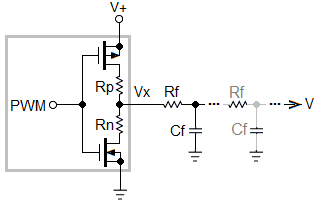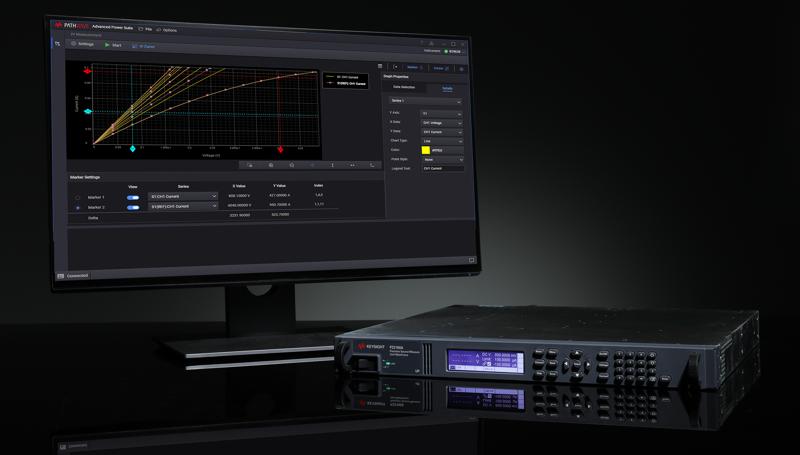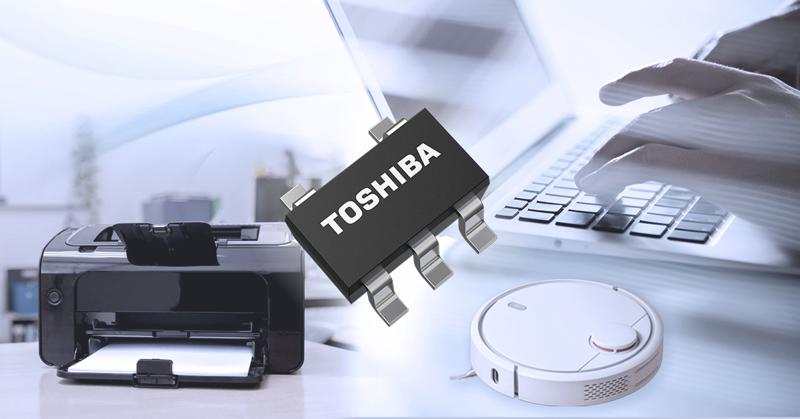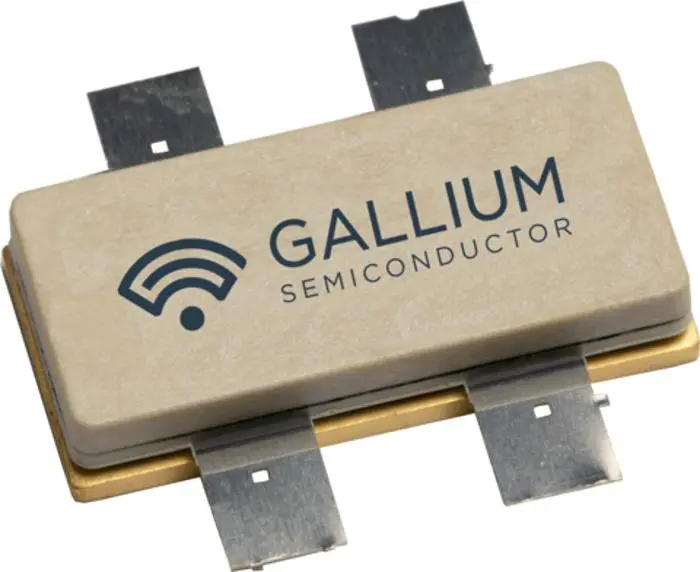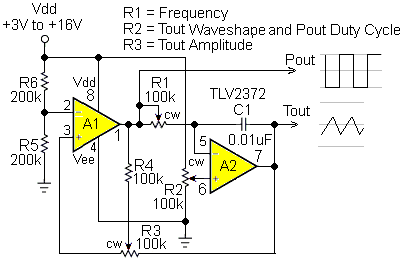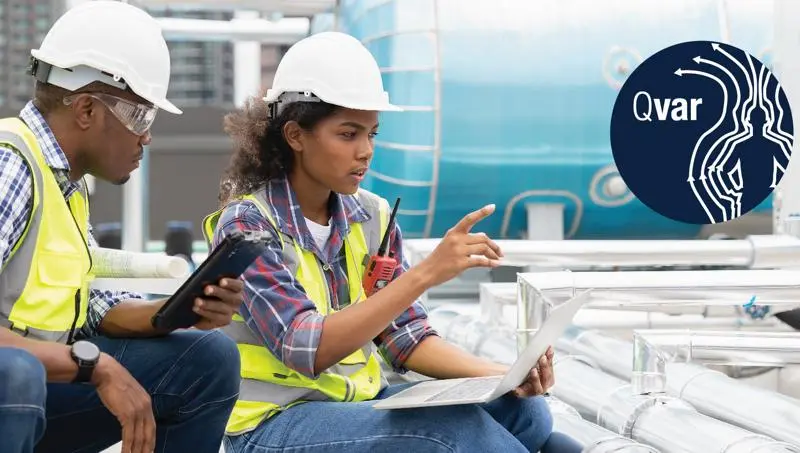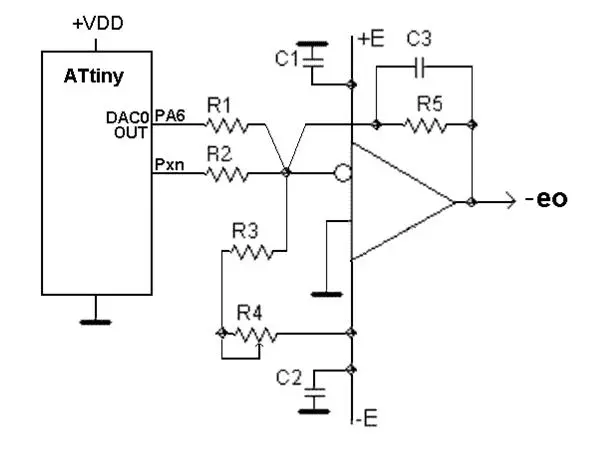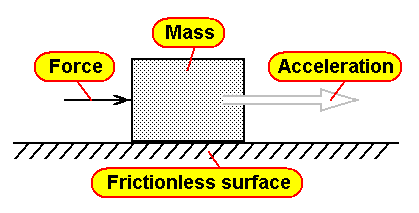
Battery solves a literal “power rail” problem
- Analog
- 2023-09-23 21:19:40
Model railroading—a hobby enjoyed by tens of thousands—apparently has an inherently built-in solution for delivering electrical power to its locomotives. The model layout is in a confined, fixed location, and there is plenty of available AC power to provide the modest 20 V/2 A maximum needed by a typical model locomotive via a power supply unit. Even better, the tracks of the layout can function as literal power rails and deliver that power to the locomotive as load. These rails are a free and available power-transmission subsystem.
However, the reality is using the track rails is not such a good fit, despite its simplicity and availability at first glance. It turns out that the obvious method of using the tracks to deliver power actually has many issues and problems.
Power on the rails is transferred via the locomotive’s wheels and is then “picked off” by small metal fingers that rest against those wheels. It’s mechanically tricky and electrically subject to intermittent performance due to dirt or oil at both the track-wheel contact and the wheel-pickoff contact. It’s somewhat like the brushes on a brushed DC motor, but with more exposure and opportunity for reliability problems.
Further, every wheelset axle on the locomotive and on all cars needs to be insulated as a continuous metal wheel-axle-wheel combination would short out the two tracks (for this reason, the model cars largely use plastic wheels).



Whenever there is a gap in the track, such as at a rail turnout (switch), the conduction and connectivity are momentarily lost. For this reason, many locomotives get power from more than one axle, which increases reliability but adds to the complexity of the power-pickup mechanical arrangement. You can also buy and add a supercapacitor module to the locomotive, to provide carry-over power through the gaps. Of course, this adds to cost, plus it’s tough to find an on-board place for these.
There’s another unavoidable problem for which there is no good answer: the reverse loop. Unless it is a simple circular or point-to-point track topology, a track will loop back onto itself at some point in the layout configuration. Any track configuration that permits a train to change its direction without simply backing up needs an electrical switchover or, power-reversing circuit. (Figure 1).

Figure 1 The reverse loop, which allows a train to turn around on the track it was on, is an electrically challenging aspect of any track topology and is unavoidable except in the simplest layouts. Source: Umarsan
Without the switchover, the positive rail gets connected to the negative rail, yielding a short circuit across the two (thankfully, the term “ground rail” is never used here by modelers—nor should it be).
To avoid this problem, it is necessary to cut track gaps in the rails at the beginning and end of the loop to create isolatable blocks. Once the locomotive is in the gapped block, the polarity of the track leading to the block is manually reversed using a double-pole, double-throw (DPDT) switch (or via an automatic circuit which costs about $30) so when the locomotives come out of the loop, the feeding track polarities agree. It’s a real nuisance to have to deal with and manage the power switching at these reverse loops, even if done automatically.
(Historical note: the classic Lionel “O27” models used a three-rail scheme, with the two outer rails for one polarity of the power supply and the middle rail for the other, Figure 2. In this way, all the problems of reverse loop are eliminated, but the two-rail realism is lost.)

Figure 2 The Lionel O27 track system completely eliminated the reverse loop problem via the use of two outside rails providing one polarity and a center rail for the other polarity, but at a major cost in visual realism. Source: Lionel Operating Train Society
Batteries to the rescue, maybe
It turns out that the advances in battery technologies such as high-capacity yet light rechargeable lithium-based cells are not only offering new approaches for everything from portable devices and instrumentation to electric vehicles, they also are affecting the entire approach to powering the model railroad locomotives.
Instead of providing this power via the obvious and available rails, in some cases, a set of batteries can be carried by the model train and used to power the locomotive. One commercially available unit for this is the AirWire900 Battery Powered Wireless DCC Control System, (Figure 3). This scheme not only eliminates the rails as power feeds but also the need for those small brushes which pick up power from the wheels and transfer it to the motor. (Note: Digital Command Control (DCC) is a very popular standard in model railroading for providing power and controlling it via digital commands.)

Figure 3 This battery-powered system from CVP USA replaces the rails as the power source (and associated wheel pickup) with internal batteries and a wireless control link; otherwise, it is transparent to the user and uses the same components as a conventional digital DCC system. Source: CVP Products
As in so many similar situations, it’s largely about physical space and weight. Much of the development work has been driven by the large outdoor-garden models. The reason is that their weather-exposed tracks, leaves, debris on the tracks, and small shifts of the ground itself make delivering power through the rails a real challenge requiring constant maintenance and upkeep.
These larger models do have space for batteries, so it’s a good fit. Some modelers have managed to do it with smaller indoor models using the tender behind a steam locomotive model for the electronics and battery. Hobbyists who model with diesel locomotives have improvised by using the space in a special dummy unpowered unit behind the powered one, in a two-engine “consist” (a multiengine consist is used in real railroading for heavy, long trains).
In addition to the battery and its management circuitry, the arrangement uses a wireless receiver also placed in the tender or dummy diesel unit. The locomotive then gets its digital-control commands via the wireless link from the user’s controller.
Why bother with all this extra work and headache, given the inherently available physical arrangement? By going to on-board battery power instead of getting power via the convenient, already-in-place rails, all the cited track and polarity problems just go away. Reliable rail connectivity and polarity reversals are no longer items to worry about because they have been literally designed out of the situation. Battery power changes everything, including the list of rail-power issues and how they must be managed.
This is a case where the obvious, easy, low/no-cost method of delivering power to a load turns out to have many subtle and not-so-subtle implications in terms of basic reliability and operational issues. While modelers have learned to live with them successfully over the years—and it can be reliable if you do it right with regular inspection and maintenance—it is a headache. The internal-battery approach is an alternative which avoids all these problems but is more costly (e.g., batteries, radio-control system) and has a limited run-time of about an hour before you either swap or recharge the batteries.
Life imitates hobbies, maybe
Interestingly, the use of batteries for locomotive power is not limited to hobbyist models of various scales. Real railroads are testing units which are battery-only (analogous to BEVs), or battery-assisted diesels (like hybrid EVs). At present, the run time and load capacity of these units limits them to short runs and rail-yard use, situations where operating demands are more defined and constrained and a charging connection, if needed, can be set up. The references at the end give some updates on the status of this R&D effort.
Have you ever been involved on a project where there was an obvious, immediate, “no-brainer” solution, only to find out on closer examination or trial that it didn’t work as needed? As a result, were you forced to go to a more-complicated approach?
Bill Schweber is an EE who has written three textbooks, hundreds of technical articles, opinion columns, and product features.
Related content
My battery is dead and it’s your fault!Electric rail traction systems need specialized power managementSupercaps solve diverse niche problemsCan you use supercaps to power electric vehicles?References
Model Railroader, “How to wire a layout for two-train operation”Wikipedia, “Digital Command Control”CVPUSA, “The AirWire900™ Battery Powered Wireless DCC Control System”CleanTechnica, “Battery-Electric Freight Trains Could Happen Sooner Than You Think”Caterpillar, “Coming Soon: The World’s Largest Battery Electric Vehicle”Union Pacific, “Union Pacific Railroad to Assemble World’s Largest Carrier-Owned Battery-Electric Locomotive Fleet”General Electric, “Leading The Charge: Battery-Electric Locomotives Will Be Pushing US Freight Trains Further”Trains, “Battery-powered locomotives continue to gain momentum”Battery solves a literal “power rail” problem由Voice of the EngineerAnalogColumn releasethank you for your recognition of Voice of the Engineer and for our original works As well as the favor of the article, you are very welcome to share it on your personal website or circle of friends, but please indicate the source of the article when reprinting it.“Battery solves a literal “power rail” problem”

